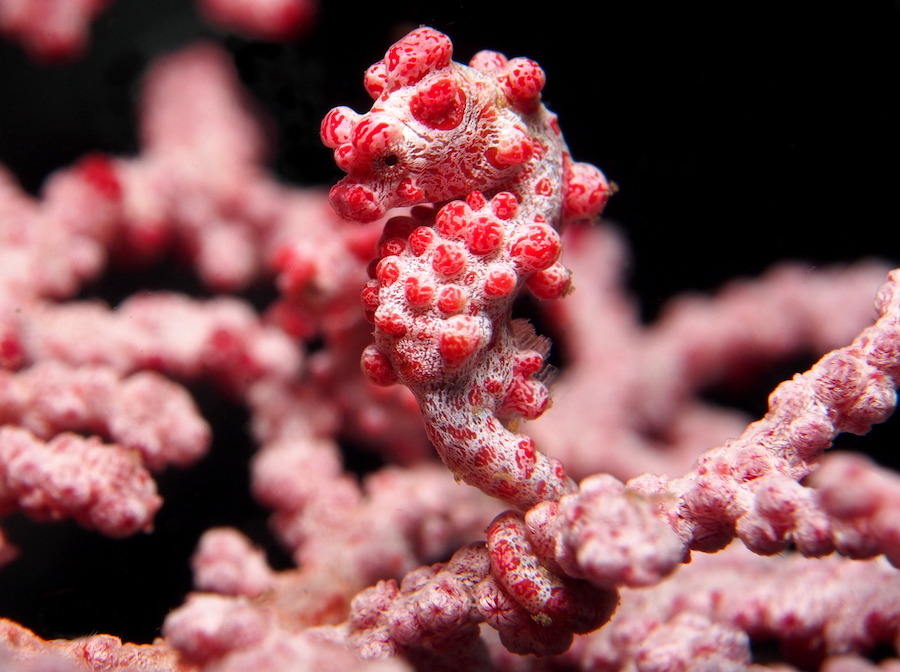Nature is a beautiful thing, and a lot of the time some of the prettiest things you see around have been either made or inspired by nature. Today we thought we’d share with you some of the unusual animals you probably haven’t seen before. What’s unusual about them we hear you ask? Well, it’s their color. Today we’re going to show you some pink animals and yes, there are way more pink animals than you expected. Take a look!
1. Roseate Spoonbill
When you think of pink birds you probably immediately jump to pink flamingos, but that’s actually not the only pink bird out there. Roseate Spoonbills are way less talked about, but just as pretty in our opinion. These gorgeous birds can be found in South America and they, much like flamingos, get their beautiful coloring because of the things they eat. In fact, their coloring also can change and range in shade depending on how old the bird is.

2. Chilean Flamingo
Did you know there are actually a few kinds of flamingos and they all have different coloring? A lot of the time when people think of pink flamingos what they mean is a Greater flamingo. But honestly, it’s more salmon in color than pink. Chilean flamingo, however, is actually a pretty shade of pink that we find the most esthetically pleasing.

3. Orchid Mantis
We bet you didn’t expect to see a mantis on a list of cute pink animals, did you? But look at it, you can’t deny the fact that this little pink insect is hella cute. It’s found in South Asia and it’s often called a walking flower mantis. Their legs literally look like flower petals, and that’s because they camouflage themself as flowers to catch their prey, which is usually other insects and butterflies.

4. Albino Elephant
You probably thought albino elephants are white, but they’re in fact pinkish in color. This is because their skin lacks the usual grey pigment and just ends up looking pink. It causes them to be more susceptible to sunburn, so they tend to roll around in mud and dust in order to get a protective coating of it on their skin and not get a sunburn.

5. Elephant Hawk-Moth
From real elephants to interestingly named moths. It’s called an elephant hawk-moth because it resembles the shape of an elephant trunk. Some of you will think it’s the cutest pink moth ever, while some of you (me included) will agree that this is the stuff of nightmares.

6. Bald Uakari
These unique monkeys are native to the Western Amazon and usually live close to water. They are also known as pink-faced bald uakari, for obvious reasons. They definitely have an unusual look with their long coat of hair and bald bright pink head, one we can only compare to a bad haircut at the hairdresser. We’ve all been there.

7. Leucistic Hippopotamus
Pink hippos are actually super rare. People assume that pink hippos ar albino, but that’s not exactly the case. Albinism is the lack of pigment, but leucistic hippos have the pigment in their skin, it’s just that it doesn’t mature properly so it doesn’t turn the usual dark grey color. But hey, they look very cute, don’t you think?

8. Bargibanti Pygmy Seahorse
These cute little seahorses are very hard to spot. They live amongst corals at the depth of about 5-10 meters underwater, and as you can see they’re perfectly camouflaged. They were actually accidentally discovered during a coral reef expedition when some samples were taken and one of these guys was found.

